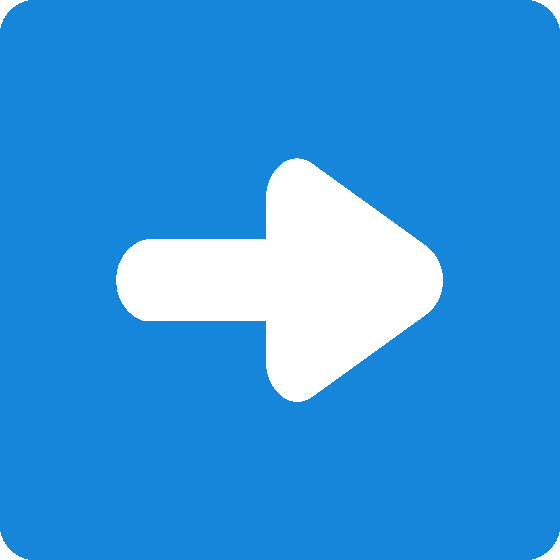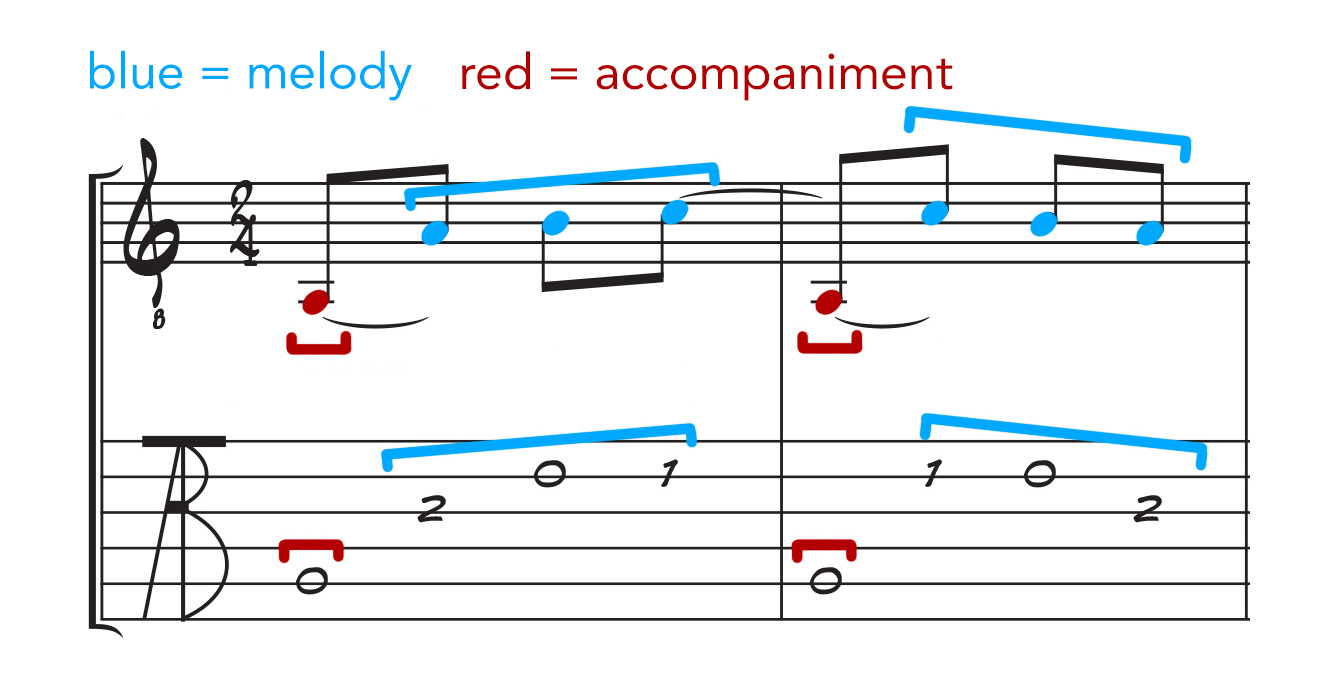|
|
||||||||||||||||
.
|
| Etude uses a let ring symbol to indicate lengthening of note sustain. This symbol resembles a tie but isn't connected to another note. Rhythm and beat remain steady—no delay of the next note—the let ring note merely sustains into the next note. |  |
How do you play a note with a let ring symbol? Leave the fretting finger down a little longer on the note so it overlaps the next note. The resulting sound is smoother and more flowing than simply releasing the note. If it’s an open note—bass notes in Etude—simply allow the string to continue ringing.
Let Ring | The let ring symbol indicates a sustain of the note so it overlaps the next note without delaying or changing the beat.

Tempo
The target tempo of Etude in A Minor is andante—moderately slow.
How to Play Etude in A Minor | Tutorial for Cano's Etude.
Etude in A Minor (Cano) | Peter Kun Frary

Download | Etude in A Minor PDF
Etude in A Minor | Antonio Curriera Cano (1811-97) | This performance is faster than the renditions in the "how to" video above.
Need Help?
Do you need help? Don't be shy about asking questions. For guitar issues, make an office or Zoom appointment and we'll help you figure it out.
Vocabulary
guitar solo, chord-melody style, fingerstyle solo, let ring symbol, accent
 |
 |
 |
©Copyright 2024 by Peter Kun Frary | All Rights Reserved


